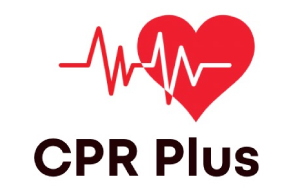Peace of Mind for Your Furry Family: Pet First Aid at CPR Plus
Our pets are cherished members of the family, and knowing how to respond to an emergency can make all the difference in their well-being. CPR Plus offers a comprehensive Pet First Aid course designed to equip you with the knowledge and skills to handle common pet emergencies effectively.
At CPR Plus, we offer pet CPR and First Aid training courses designed to equip you with the knowledge and skills necessary to respond to your pet’s emergencies with confidence.
Our pet CPR and First Aid training courses are designed to be accessible and informative for all pet owners. We offer a variety of course options to suit your needs, from introductory pet first aid workshops to comprehensive CPR and First Aid certification programs. These courses cover a wide range of topics, including:
- Recognizing signs and symptoms of emergencies in pets
- Performing CPR on dogs and cats
- Administering basic first aid for common pet injuries and illnesses
- Choking hazards and how to respond
- Bandaging techniques
- Pet CPR and First Aid kit essentials

By enrolling in a pet CPR and First Aid training course at CPR Plus, you gain the peace of mind and confidence to act decisively in the event of your pet’s emergency.
Our experienced instructors will guide you through the essential skills in a positive and supportive learning environment. Imagine the relief of knowing you can take action until veterinary help arrives. Don’t wait – enroll in a pet CPR and First Aid course today and be prepared to be your pet’s hero!
Contact us to get started
We are committed to exceeding your expectations and are proud to offer same-day appointments for emergencies and travel to your location for group training.
Contact us to get started!




